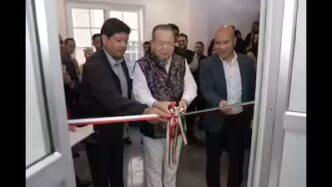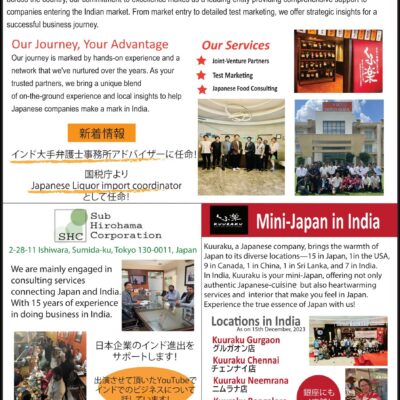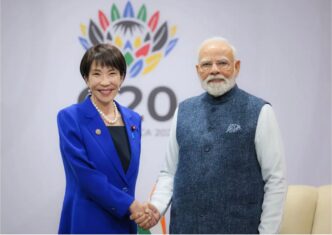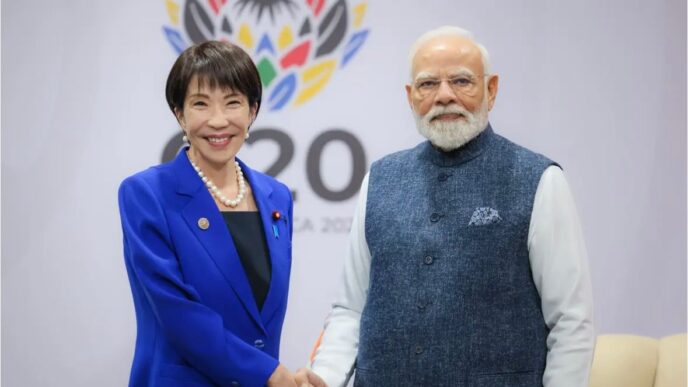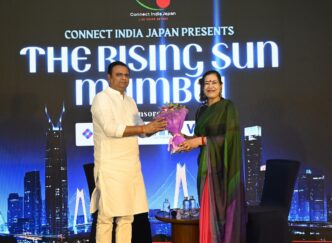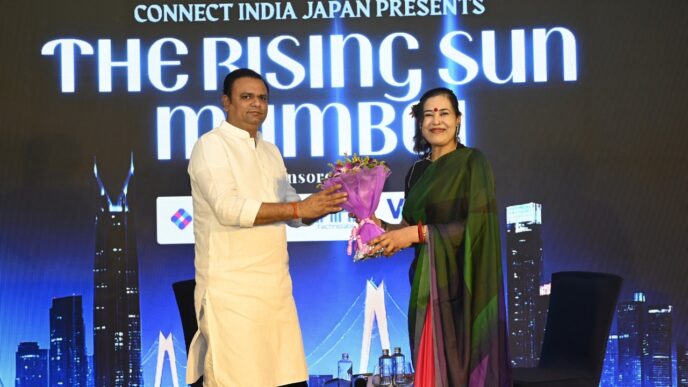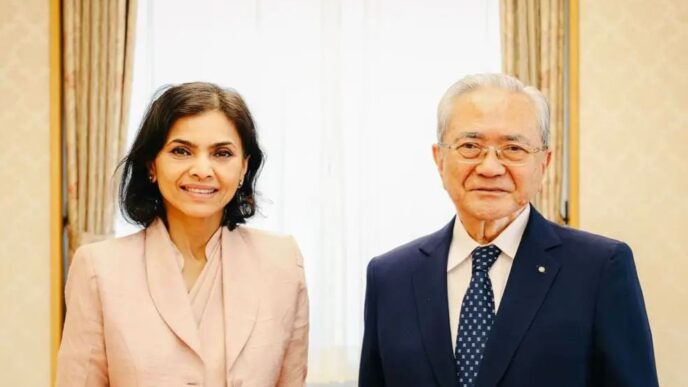Shillong, Meghalaya In a recent address, Meghalaya Chief Minister Conrad K. Sangma highlighted striking cultural and culinary parallels between Japan and India’s Northeastern states, remarking that these shared traditions offer fertile ground for deeper cooperation.
Shared Food Culture
At the heart of Sangma’s observation was the similarity in food habits across Northeast India and Japan. He noted that both regions place significant importance on rice sticky rice, in particular, is a staple in many NE communities. This echoes the rice-centric diet of rural Japan.
In Meghalaya, traditional food is rooted in foraged ingredients, wild herbs, and locally cultivated staples. For example, red rice (known locally as khaw saw) dominates the local diet, and vegetables, wild greens, and herbs often make their way into everyday meals. This connection resonates with Japan’s emphasis on seasonal, locally sourced produce.
Cultural Parallels
Sangma underscored more than just culinary likenesses. He spoke of a deeper cultural affinity a convergence of traditions, beliefs, and lifestyle elements between the people of Japan and those in the Northeastern states.
One vivid symbol is the shared reverence for nature. In Meghalaya, landscapes are lush, green, and deeply tied to tribal identity; similarly, Japan’s aesthetic and cultural identity is rooted in its natural beauty. The Japanese Ambassador to India has remarked on how Meghalaya’s hills, dense forests, and even cherry blossoms mirror Japan’s terrain and climate.
There’s also a symbolic overlap in traditions: bamboo a plant sacred in many Khasi rituals plays a significant role in both Khasi culture (Meghalaya) and Japanese heritage. Rituals that honour ancestors have cultural echoes too: the Khasi custom of making offerings at ancestral stones is comparable to Shinto practices in Japan.
Festivals & Collaboration
A concrete example of this cultural bridge is the Shillong Cherry Blossom Festival, which strongly ties Meghalaya and Japan. At this festival, there is a dedicated “Japan Arena” featuring Japanese cuisine, cultural performances, and heritage exhibitions a space celebrating the shared love for cherry blossoms and cultural exchange.
Furthermore, Sangma emphasized how these similarities are not merely symbolic but also practical. The cultural resonance can be leveraged for tourism, economic partnerships, and youth exchange.
Economic & Youth Engagement
In addition to cultural affinity, Meghalaya is actively pursuing cooperation with Japan in sectors such as education and skill development. During his recent visit to Tokyo, Sangma said his government is committed to creating international pathways for Meghalaya’s youth by collaborating with Japanese firms.
For instance, Meghalaya has signed a MoU with Japan’s Asean One Co. Ltd., aiming to train young people in globally relevant skill areas such as healthcare, hospitality, and IT and to facilitate placements in Japan.
Environmental & Forestry Ties
The partnership between the regions extends even to environmental conservation. Meghalaya is embracing the Miyawaki method a Japanese technique for rapid afforestation to restore its native forests. This not only underscores ecological synergy but also shows how cultural respect for nature is translating into sustainable action.
Why It Matters And What Comes Next
- Strategic cultural diplomacy: By highlighting these cultural commonalities, Sangma is positioning Meghalaya (and by extension, the Northeast) as a natural partner for Japan not only in economic terms but through shared heritage and values.
- Tourism potential: The cherry blossom link and shared natural aesthetics can boost tourism to the region, attracting Japanese visitors as well as global travelers interested in cultural crossovers.
- Youth empowerment: The MoU for skill development opens avenues for young people in Meghalaya to gain international exposure, bridging local talent and global opportunities.
- Sustainable development: Collaborations in ecology such as afforestation using Miyawaki forests can support environmental resilience while strengthening bilateral ties.
Challenges & Considerations
However, there are some potential challenges to turning these cultural similarities into sustained cooperation:
- Infrastructure gap: To fully tap into tourism potential, improved connectivity, hospitality infrastructure, and facilities are needed in many NE regions.
- Cultural commodification: There’s a delicate balance between celebrating cultural affinity and packaging traditions in a way that may dilute or commercialize them.
- Youth retention: While training youth for Japan-based work is positive, there’s a risk of brain drain unless local opportunities also grow.
- Environmental concerns: While Miyawaki afforestation is promising, long-term ecosystem planning and maintenance are essential to ensure sustainability.
Conclusion
Meghalaya CM Conrad Sangma’s remarks on the cultural and culinary similarity between Japan and Northeast India point to a deeper, often underappreciated bond. Far from being superficial, these affinities in food, festivals, nature, and tradition are paving a path for meaningful cooperation. As Meghalaya and other NE states lean into this relationship, the convergence of shared identity and modern partnership could reshape ties between Japan and Northeast India in transformative ways.
Originally written by:Manosh Das
Link to the article: https://timesofindia.indiatimes.com/city/guwahati/japan-ne-states-share-similarities-in-food-culture-meghalaya-cm/articleshow/125391962.cms
